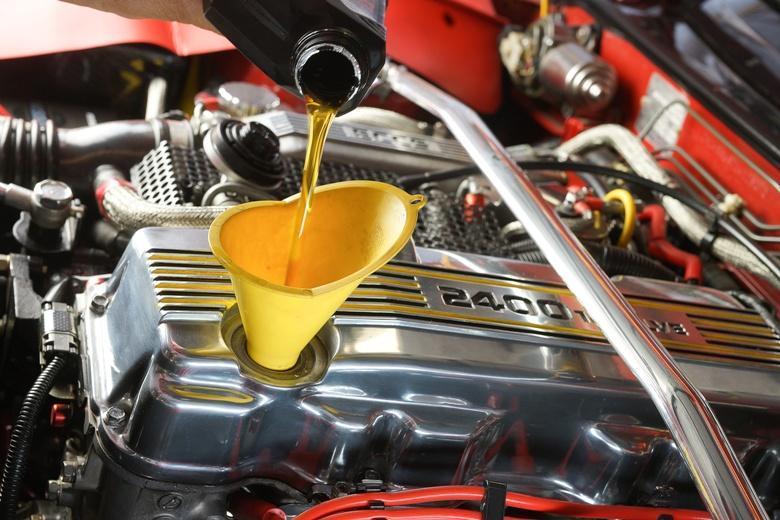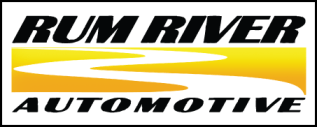5 Things to Know About Oil Changes
The oil change is one of the most essential, cost-effective ways to keep your vehicle in tip-top shape. Even with the oil light on the dashboard, many auto shops see vehicles with damaged or dirty engines because their owners didn’t know what oil to use or waited too long between oil changes. Engine damage caused by dirty or low oil is far more costly than regular maintenance.
Here are five basic things to know about oil changes:
- What oil does for your engine. Oil lubricates the engine so that its parts don’t grind against each other; keeps the engine from overheating; and carries away dirt, dust, and other contaminants that would otherwise clog engine parts.
- How often to change the oil. The oil change intervals vary depending on the vehicle’s age, the type of oil used, and driving conditions. It used to be normal to change oil every 3,000 miles, but with modern lubricants, most engines today have recommended oil change intervals of 5,000 to 7,500 miles. If your engine requires full-synthetic motor oil, it might go as far as 15,000 miles between services! You cannot judge engine oil condition by color, so either the factory maintenance schedule for oil changes.
- The dashboard light. Some vehicles have the dashboard light programmed to come on automatically at 3,000-5,000 miles after the last oil change. In other cars, particularly older cars, that light might not come on until your engine is already too low on oil. And it doesn’t consider the conditions you drive in. So, don’t rely on the dashboard light but stick to a regular schedule.
- Know the correct viscosity. The codes tell you how viscous (thick or thin) the oil is in hot and cold weather. For most cars, you can follow the manufacturer’s recommendations in the owner’s manual to find what viscosity is preferred for your car in which particular conditions you’re driving in. Your mechanic can also help answer this question specifically for your vehicle.
- Differences between conventional, premium, and synthetic oils. Certain high-tech engines require synthetic oils, while more mainstream engines typically use conventional oils. Premium oils offer extra additives that may be useful for special driving needs. And there are blends that combine synthetic and premium conventional oils, often used for trucks and SUVs. Ask your mechanic for recommendations on what is best for your vehicle.
If your car is in need of an oil change, contact our ASE Certified Technicians at Rum River Automotive about our oil change coupons and to schedule an appointment. Since 1997, our auto shop has served vehicle owners in Princeton, MN and in the surrounding areas of Milaca, MN, and Zimmerman, MN.
want to know more about Changing Oil? There are five basic things to know about oil changes in your car. Ask your mechanic about oil change coupons at Rum River Automotive
The oil change is one of the most essential, cost-effective ways to keep your vehicle in tip-top shape. Even with the oil light on the dashboard, many auto shops see vehicles with damaged or dirty engines because their owners didn’t know what oil to use or waited too long between oil changes. Engine damage caused by dirty or low oil is far more costly than regular maintenance.
Here are five basic things to know about oil changes:
- What oil does for your engine. Oil lubricates the engine so that its parts don’t grind against each other; keeps the engine from overheating; and carries away dirt, dust, and other contaminants that would otherwise clog engine parts.
- How often to change the oil. The oil change intervals vary depending on the vehicle’s age, the type of oil used, and driving conditions. It used to be normal to change oil every 3,000 miles, but with modern lubricants, most engines today have recommended oil change intervals of 5,000 to 7,500 miles. If your engine requires full-synthetic motor oil, it might go as far as 15,000 miles between services! You cannot judge engine oil condition by color, so either the factory maintenance schedule for oil changes.
- The dashboard light. Some vehicles have the dashboard light programmed to come on automatically at 3,000-5,000 miles after the last oil change. In other cars, particularly older cars, that light might not come on until your engine is already too low on oil. And it doesn’t consider the conditions you drive in. So, don’t rely on the dashboard light but stick to a regular schedule.
- Know the correct viscosity. The codes tell you how viscous (thick or thin) the oil is in hot and cold weather. For most cars, you can follow the manufacturer’s recommendations in the owner’s manual to find what viscosity is preferred for your car in which particular conditions you’re driving in. Your mechanic can also help answer this question specifically for your vehicle.
- Differences between conventional, premium, and synthetic oils. Certain high-tech engines require synthetic oils, while more mainstream engines typically use conventional oils. Premium oils offer extra additives that may be useful for special driving needs. And there are blends that combine synthetic and premium conventional oils, often used for trucks and SUVs. Ask your mechanic for recommendations on what is best for your vehicle.
If your car is in need of an oil change, contact our ASE Certified Technicians at Rum River Automotive about our oil change coupons and to schedule an appointment. Since 1997, our auto shop has served vehicle owners in Princeton, MN and in the surrounding areas of Milaca, MN, and Zimmerman, MN.
